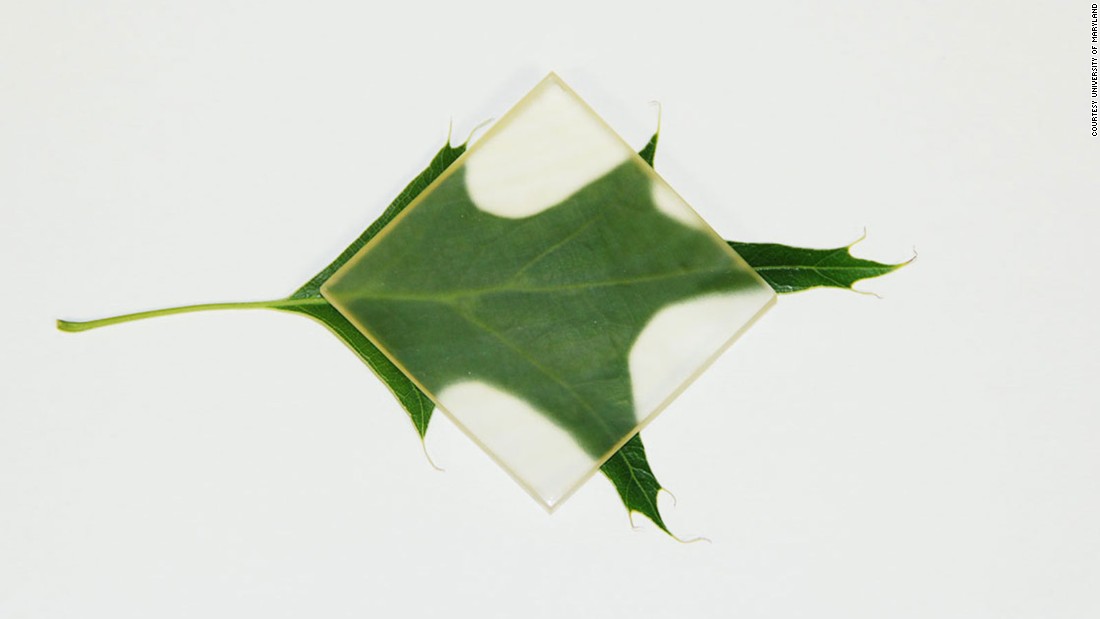
Image: University of Maryland
Wood has been a key building block for much of history infrastructure. While we may have witnessed wood fade out in lieu of other materials in more recent times, it’s about to make a comeback in an unexpected way.
Past ECS member Liangbing Hu of the University of Maryland, College Park is developing a stronger, transparent wood that can be used in place of less environmentally friendly materials such as plastic.
But this development’s novelty really lies in the transparency factor. So many structures built today rely on the use of glass and steel. By replacing those building materials with the transparent wood, the world of design could be revolutionized while heating costs and fuel consumption rates are simultaneously reduced.
This from CNN:
Hu describes the process of creating clear wood in two steps: First, the lignin — an organic substance found in vascular plants — is chemically removed. This is the same step used in manufacturing pulp for paper. The lignin is responsible for the “yellow-ish” color of wood. The second step is to inject the channels, or veins of the wood by filling it with an epoxy — which can be thought of as strengthening agent, Hu says.
In addition to its structural properties, the transparent wood also has potential in the development of solar cells.
“If you place the transparent wood in front of a solar cell, the amount of light absorbed will be higher, and efficiency can increase up to 30%,” Hu says.


